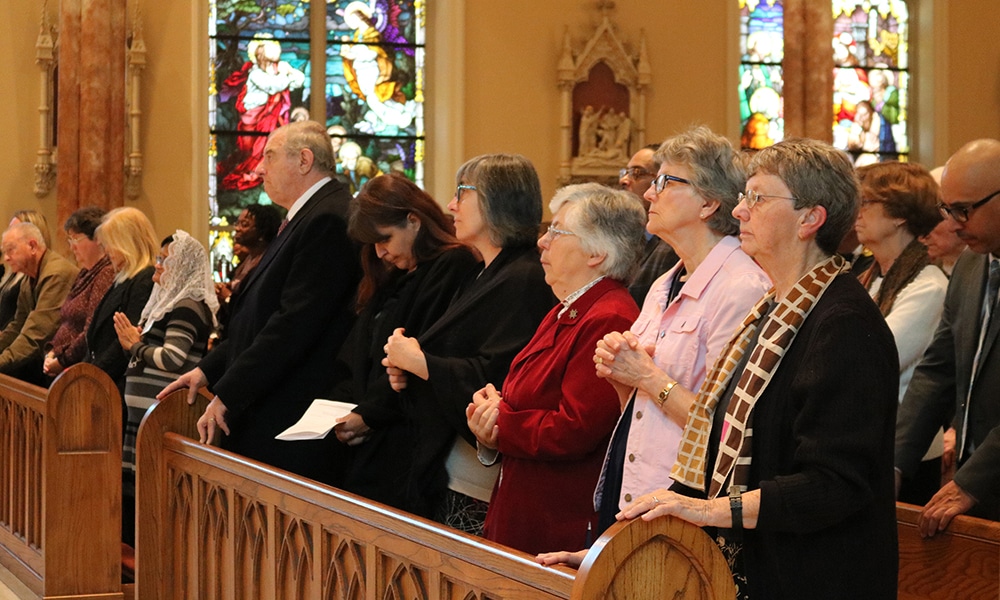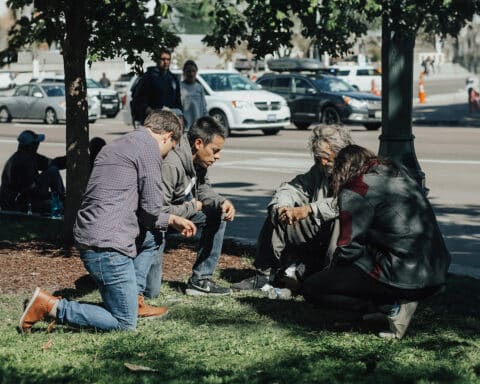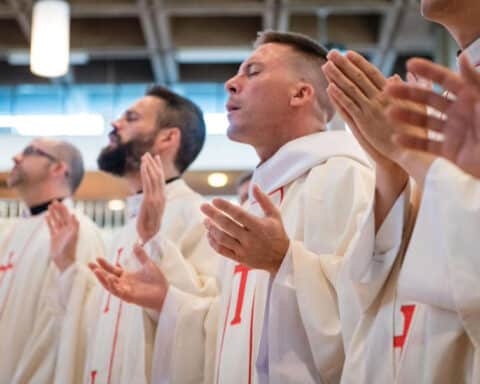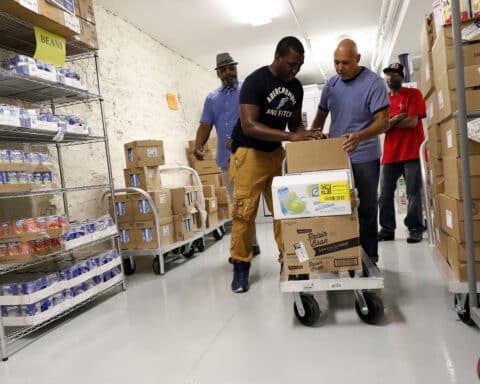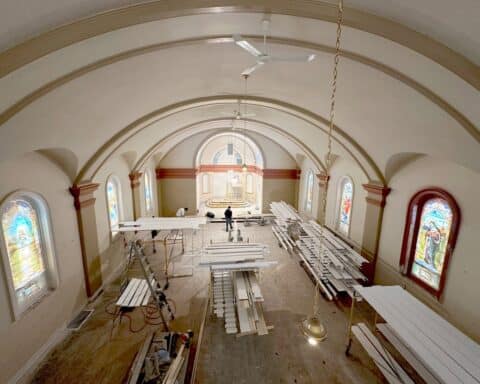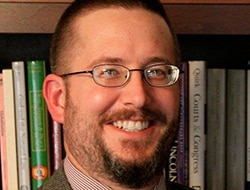
When we moved to Rockford we struggled to find a parish that felt “right.” The problem was not the mode of worship, as the fact that we ended up in an oratory dedicated to the Latin Mass might seem to indicate. We had just come from two years in a Byzantine Rite parish in Northern Virginia (with a seven-month hiatus in between in Mecosta, Michigan — a story for another day). Born in 1968, I had grown up in a fairly typical post-Vatican II parish in west Michigan, and Amy was a convert (during our final year at Michigan State) from the Lutheran Church, Missouri Synod. In the early years of our life together, both before and after our wedding, we had attended liturgies at Byzantine churches, a Maronite church, the traditional Latin Mass at Old Saint Mary’s in Washington, D.C., high Novus Ordo Masses at the Basilica of the National Shrine of the Immaculate Conception, and low ones at a church in northern Virginia that we fondly called (with a wink and a nod to P.G. Wodehouse) Our Lady of the Golf Course. (It sat at the corner of Mashie and Niblick Streets.)
In other words, we have had a wide variety of liturgical experiences. And while my preferences in worship run to the deeply traditional (in both the Roman and Eastern Rites), I have come to understand over time that there’s another dimension to worship that’s just as important as the style of hymnody or chant, or the use of English, Latin or Old Slavonic as the language of the liturgy.
Worship is always a communal act.
That may seem a truism at best, and I can almost hear some who don’t know me very well sighing in exasperation, assuming that I’m about to justify liturgical abuses in the name of “community.” That will never happen.
But in a half-century as a Catholic, I have attended enough Masses to know that, unless those who worship together have an underlying sense of themselves as belonging to a true community, something inevitably is missing.
It’s easy — because it’s true — to say that the Mass (and the various Eastern-rite liturgies) and the Divine Office (the Liturgy of the Hours) constitute the communal worship of the Church, and that anyone who consciously attempts to unite himself to the universal Church while participating in them becomes part of a community that extends through both time and space into eternity. But our faith is both transcendent and immanent. It calls us both beyond this world and into a deeper relationship with this world. God became man, voluntarily bound by space and time, and in redeeming us, Christ redeemed the world itself, with all of its inherent limitations, including the limitations of space and time and history.
“For where two or three are gathered together in my name, there am I in the midst of them” (Mt 18:20). We often focus on the “two or three” here, and see “gathered” as metaphorical. But Matthew 18 is all about real people living together, worshiping together, holding one another accountable, forgiving one another. It is, in other words, about community.
And that — and not just a place where random people gather to celebrate Mass — is what a parish must be.
Scott P. Richert is publisher for Our Sunday Visitor.

